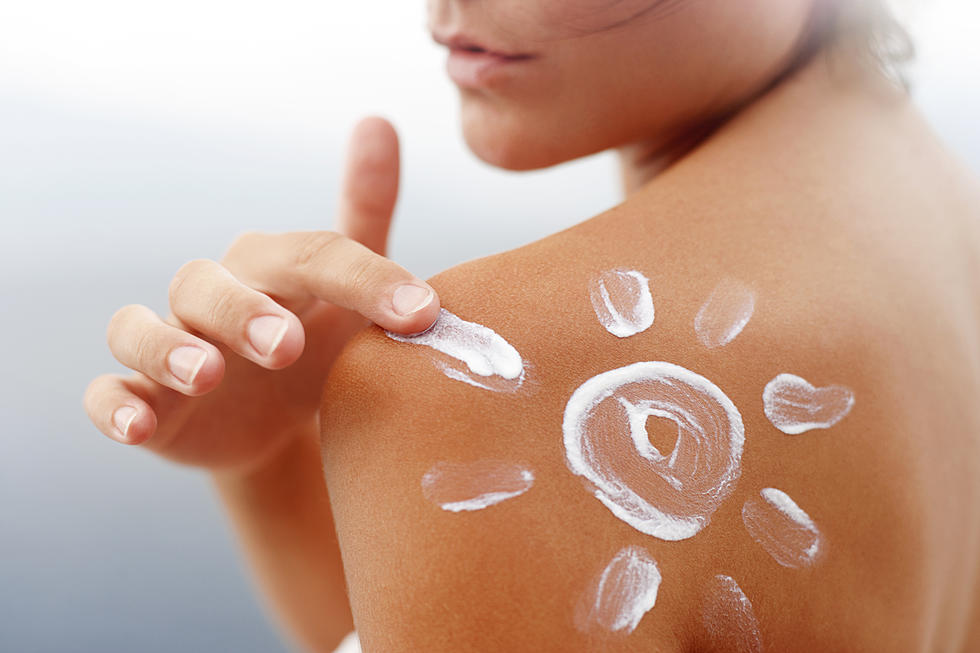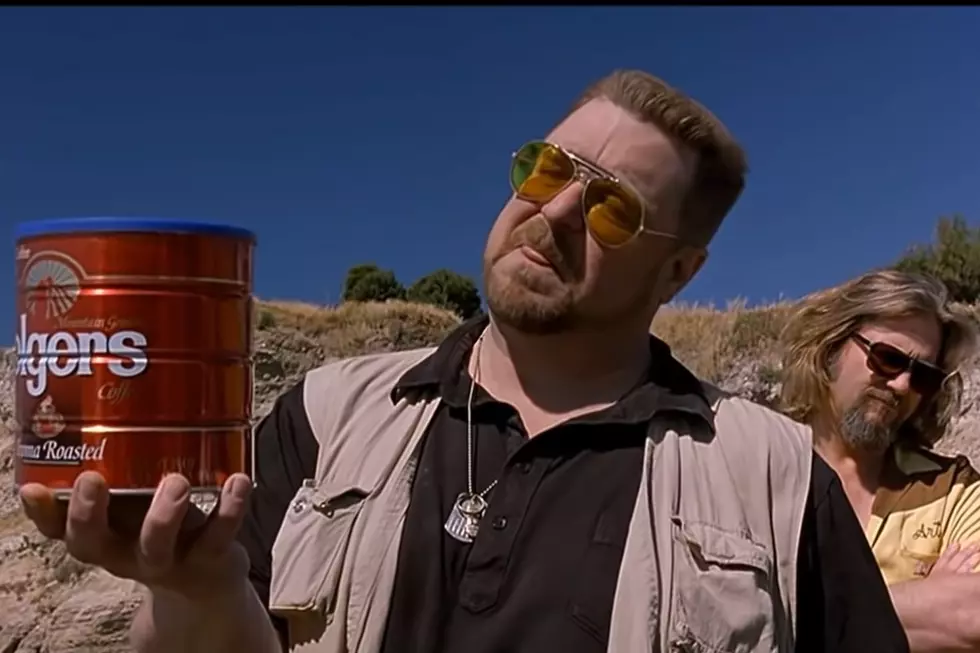
Sunscreen Hall of Shame
There are a lot of sunscreens on the market: some good, some bad and then the shameful. Those in the last category are not only a waste of money and time but also potentially harmful. Oddly enough, the No. 1 sunscreen to avoid is also the product with a label that reads "No. 1 Dermatologist Brand," according to Environmental Working Group. Here are their picks for products to banish from your beach bag.
Spray sunscreens can be inhaled, and they don’t cover skin completely.
SPF values above 50+ try to trick you into believing they’ll prevent sun damage. Don’t trust them. SPF protection tops out at 30 to 50.
Oxybenzone can disrupt the hormone system.
Retinyl palmitate may trigger damage, possibly cancer.
11 Worst Spray Sunscreens
These sunscreens are aerosol sprays with SPFs above 50+ and the harmful additives oxybenzone and retinyl palmitate. Banana Boat Clear UltraMist Ultra Defense MAX Skin Protect Continuous Spray Sunscreen, SPF 110 Coppertone Sport High Performance AccuSpray Sunscreen, SPF 70 Coppertone Sport High Performance Clear Continuous Spray Sunscreen, SPF 100+ CVS Clear Spray Sunscreen, SPF 100 CVS Sheer Mist Spray Sunscreen, SPF 70 CVS Sport Clear Spray Sunscreen, SPF 100+ CVS Wet & Dry Sunscreen Spray, SPF 85 Neutrogena Fresh Cooling Sunscreen Body Mist, SPF 70 Neutrogena Ultra Sheer Body Mist Sunscreen Spray, SPF 100+ Neutrogena Ultra Sheer Body Mist Sunscreen Spray, SPF 70 Neutrogena Wet Skin Sunscreen Spray, SPF 85+
12 Worst Sunscreen Lotions
These sunscreen lotions claim SPFs above 50+ and contain oxybenzone and retinyl palmitate. Banana Boat Sport Performance Sunscreen Lotion, SPF 100 Coppertone Sport High Performance Sunscreen Lotion, SPF 100 Coppertone Sport High Performance Sunscreen, SPF 75 Coppertone Sport Sunscreen Stick, SPF 55 Coppertone Ultra Guard Sunscreen Lotion, SPF 70+ CVS Sport Sunstick Sunscreen, SPF 55 CVS Sun Lotion Sunscreen, SPF 100 CVS Sun Lotion Sunscreen, SPF 70 Neutrogena Ultra Sheer Daily Liquid Sunscreen, SPF 70 NO-AD Sunscreen Lotion, SPF 60 NO-AD Sunscreen Lotion, SPF 85 Ocean Potion Protect & Nourish Sunscreen Lotion, SPF 70
11 Worst Sunscreens for Kids
These terrible kid and baby sunscreens have at least three strikes against them: 1) oxybenzone, 2) retinyl palmitate and 3) SPFs above 50+. Two have a fourth strike: they’re aerosol sprays that can harm sensitive young lungs. Convenient? Yes. Good for kids? Absolutely not. Banana Boat Clear UltraMist Kids Max Protect & Play Continuous Spray Sunscreen, SPF 110 Coppertone Kids Sunscreen Lotion, SPF 70 Coppertone Kids Sunscreen Stick, SPF 55 Coppertone Kids Wacky Foam Foaming Lotion Sunscreen, SPF 70+ Coppertone Water Babies Sunscreen Lotion, SPF 70+ Coppertone Water Babies Sunscreen Stick, SPF 55 Equate Kids Sunscreen Stick, SPF 55 Kroger Baby Sunscreen Lotion, SPF 70 Kroger Kids Sunscreen Lotion, SPF 70 Neutrogena Wet Skin Kids Beach & Pool Sunblock Spray, SPF 70+ Up & Up Kid’s Sunscreen Stick, SPF 55
How we picked the Hall of Shame
1) Spray sunscreens One in every four sunscreens in this year’s database is a spray. People like sprays because they’re easy to squirt on squirming kids and hard-to-reach areas. But they may pose serious inhalation risks, and they make it too easy to apply too little or miss a spot. The FDA has expressed doubts about their safety and effectiveness but hasn’t banned them. As long as they’re legal, sunscreen manufacturers will make them.
2) Sky-high SPFs One eighth of the sunscreens we evaluated this year boast SPFs above 50+. SPF stands for “sun protection factor,” but that outdated term refers only to protection against UVB rays that burn the skin. It has little to do with a product’s ability to protect skin from UVA rays, which penetrate deep into the body, accelerate skin aging, may suppress the immune system and may cause skin cancer. The worst thing about high-SPF products is that they give people a false sense of security and tempt them to stay in the sun too long. They suppress sunburns but raise the risk of other kinds of skin damage. The FDA is considering barring SPF above 50+.
3) Oxybenzone Half of the beach and sport sunscreens in this year’s guide contain oxybenzone, an active ingredient in sunscreens. But it penetrates the skin, gets into the bloodstream and acts like estrogen in the body. It can trigger allergic skin reactions. Some research studies, while not conclusive, have linked higher concentrations of oxybenzone to disorders, including endometriosis in older women and, lower birth weights in newborn girls.
4) Retinyl palmitate Nearly 20 percent of the sunscreens and SPF-rated moisturizers and 13 percent of SPF-rate lip products in this year’s guide contain retinyl palmitate, a form of vitamin A. Night creams with this chemical may help skin look more youthful. But on sun-exposed skin, retinyl palmitate may speed development of skin tumors and lesions, according to government studies. Why does the FDA allow this “inactive ingredient” in sunscreens intended for use in the sun? The agency has been studying the chemical for years but hasn’t made a decision. We have. The definitive study may not have been done, but we think we know enough to believe you’re better off without sunscreens with retinyl palmitate.
This list may come in handy when it comes time to prepare for the Sun of a Beach Festival in a few weeks. If you haven't bought your TICKETS yet, click on the button below.
More From WBSM-AM/AM 1420
![Me Pale Face [PHIL-OSOPHY]](http://townsquare.media/site/518/files/2020/02/Phil-in-Florida.png?w=980&q=75)








